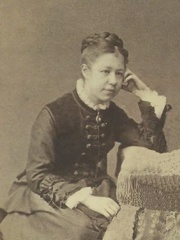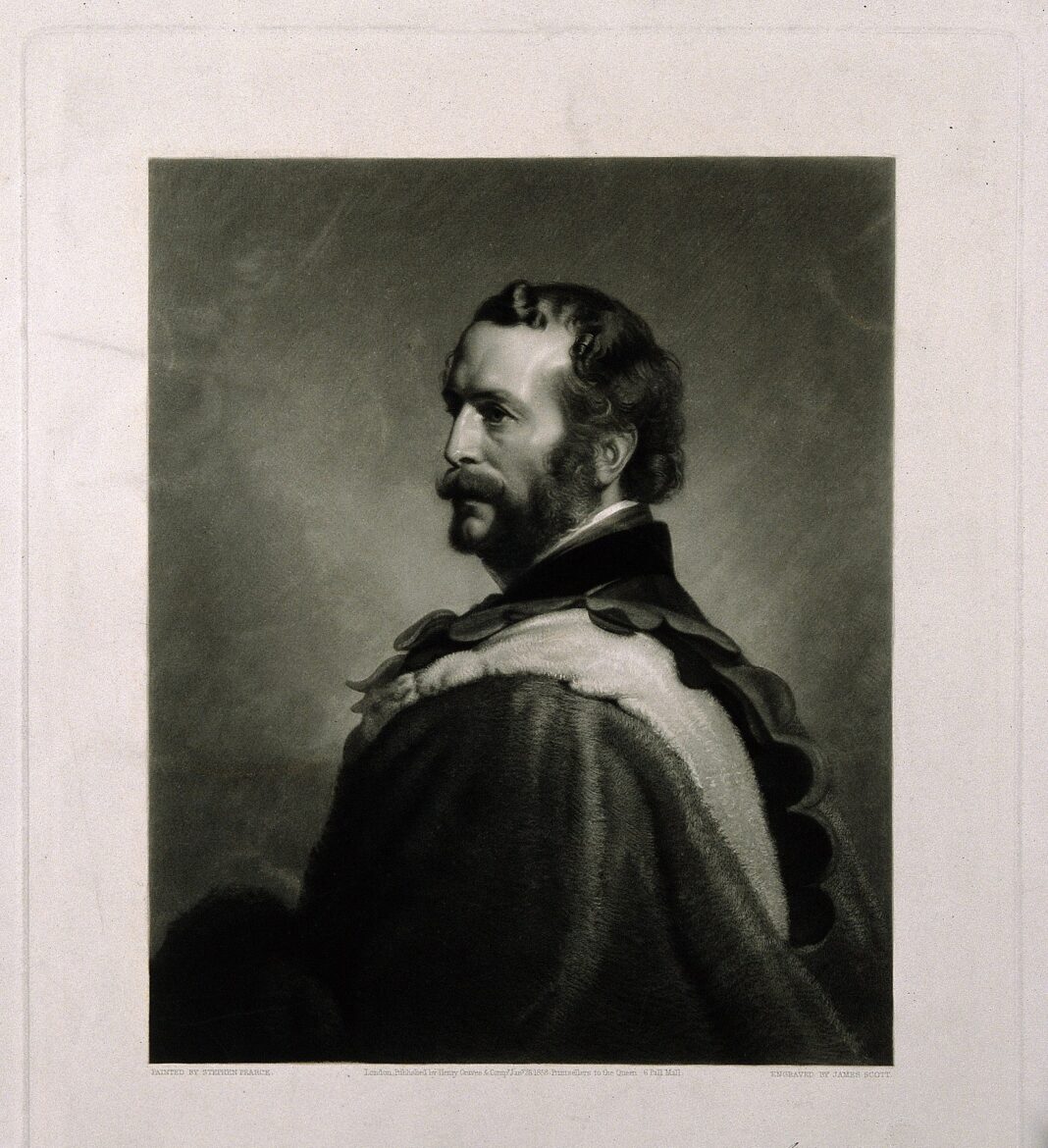Biography:
Vasili Poyarkov is a Russian explorer of the 17th century, the discoverer of Siberia and, in particular, the Amur lands. He went down in history as the first explorer to sail along the southwestern shores of the Sea of Okhotsk and discover the fabulous country of Dauria, and along with it such northern peoples as the Dyuchers, Nanais, Nivkhs and others. Vasili Danilovich Poyarkov proved himself to be a tough military leader who attempted to conquer the peoples he found, as well as a purposeful innovator who, despite incredible difficulties, completed the planned route.
Childhood and youth:

Not a single historical source has preserved information about the early biography of the traveler, in particular, about his date of birth and origin. There is information that he came from small landed gentry.
Other sources write that Poyarkov was “from the service people.” Information about the pioneer’s native places also varies. Different sources mention the city of Kashin (now Tver Oblast) and the northern provinces of what was then Russia.
One way or another, being an educated person, Poyarkov was sent as a “written” head and a person for special assignments to the Yakut voivode Pyotr Golovin.
Expedition:

The Yakut voivodeship headed by Golovin was formed in the middle of the 17th century as a stronghold of Rus’ in the northern territories that required discovery, research and development. From here, Russian pioneers began to equip expeditions to search for new lands.
The fabulous country of Dauria especially excited the minds of both travelers and the tsar’s people. By that time, only a few had visited this region, and everyone brought back stories about the untold riches of this land. Golovin decided to obtain real evidence of the presence of Daurian treasures and equipped a special expedition to study new territories in the Amur Valley. He appointed Vasili Poyarkov, a tough, but responsible and purposeful man, as the head.
On July 15, 1643, Poyarkov’s detachment of 133 Cossacks left Yakutsk on 2 wooden ships. The governor equipped the travelers with weapons: one ship had a cannon and 100 cannonballs for it, each participant in the expedition had a pishchal – an old firearm. A route map was also marked, which included all the unknown lands along the mountainous coast of the Sea of Okhotsk.

The path lay along the stormy and capricious Siberian rivers. First, the explorers went down the Lena to the mouth of its tributary Aldan. From there, in stages, to the Uchur and Gonam rivers. In order to overcome these rapids, the participants in the expedition had to drag the ships each time. All this greatly slowed down the expedition, cold weather was approaching.
Poyarkov left part of the detachment near the ships for the winter, and he and the rest went on. He crossed the Stanovoy Range on sleds and found himself in the Amur basin, from here he moved to the Zeya River valley, where the mysterious Dauria was located.
Poyarkov met the local inhabitants, the Mongolian-speaking Daurs, in December 1643. They were peace-loving and hard-working tribes, settled, engaged in agriculture and cattle breeding. Their granaries contained many supplies, game and grain. The Daurs built wooden houses, in the center of which a hearth burned. They made clothes from leather and skins, as well as from silk, which they traded with the Chinese in exchange for furs. Even then, they knew the trade routes along which goods from Asia went.
Having seen such treasures, Poyarkov decided to act from a position of strength. He immediately took several local feudal lords hostage, setting a condition – from now on they would pay tribute to the Russian tsar. In response, the Daurs besieged Poyarkov’s winter hut. Famine began in the Cossack camp. But the head of the expedition showed himself to be a despotic tyrant who did not give his wards a single gram of flour.

Poyarkov met the local inhabitants, the Mongolian-speaking Daurs, in December 1643. They were peace-loving and hard-working tribes, settled, engaged in agriculture and cattle breeding. Their granaries contained a lot of supplies, game and grain. The Daurs built wooden houses, in the center of which a hearth burned. They made clothes from leather and skins, as well as from silk, which they traded with the Chinese in exchange for furs. Even then, they knew the trade routes along which goods from Asia went.
Having seen such treasures, Poyarkov decided to act from a position of strength. He immediately took several local feudal lords hostage, setting a condition – from now on they would pay tribute to the Russian tsar. In response, the Daurs besieged Poyarkov’s winter quarters. Famine began in the Cossack camp. But the head of the expedition showed himself to be a despotic tyrant who did not give his wards a single gram of flour.
People ate tree bark, carrion, diseases began, causing pestilence. The emboldened Daurs wanted to take advantage of the situation and destroy the uninvited guests, but they used firearms and killed the attackers. Due to severe hunger, the Cossacks began to eat even the corpses of their enemies.
Fortunately, spring came and part of the detachment with supplies, left on Gonam, came to the rescue. The siege ring fell apart. The Siberian’s detachment noticeably thinned out, less than 100 people remained, all together they went down the Zeya River, and then swam across the Amur. Going down the river, Poyarkov encountered settlements of other Amur tribes. But they already knew about the cruel customs of the newcomers Russians and did not allow them to land on the shore, sending clouds of arrows in their direction.
The Cossacks had to survive a fight with the Ducher tribe. These hard-working farmers exterminated the detachment that Poyarkov sent for reconnaissance. Then the travelers entered the lands of the fishing tribe of Golds. The leader of the expedition did not touch them – the people lived very poorly, there was nothing to take from them.

But the Gilyaks, living at the mouth of the Amur, also engaged in fishing, voluntarily paid yasak in sables and swore allegiance to Rus’. From the Gilyaks, the Siberian first heard about the fur-rich island of Sakhalin, where the “hairy people” – the Ainu – supposedly lived. Poyarkov decided to stay in these places for the winter, which dragged on, as a result of which the Cossacks again had to endure hunger. Only in May, when the ice melted from the river, the Poyarkovites’ plank ships went out to the Amur estuary.
But the adventures of the exhausted pioneers did not end there. After 3 months of sailing, the expedition ships got into a storm. Forced wintering followed again. In the area of the mouth of the Ulya River, the Cossacks found a hut in which the Russian traveler Ivan Moskvitin had already spent the winter years earlier. New ships were knocked together here, on which the explorers returned home to Yakutsk by river, along the Lena. This happened in 1646, about 50 exhausted people remained from the once large detachment.
Vasili Danilovich Poyarkov spent 3 years on the expedition, covering 8 thousand kilometers. Despite the many victims and mistakes of the main pioneer in establishing contacts with new peoples, the results of the journey were impressive.
The Zeya-Bureya Plain was discovered. Vasili Poyarkov was the first to descend from the Zeya along the Amur to the sea. He collected the first information about Sakhalin Island, brought maps with precise marking of Siberian rivers, records of the life and everyday life of the peoples living in the Amur Valley, as well as other interesting facts about the geography of the area covered.
But the main contribution of the pioneer is not just the study of the Amur basin for its suitability for life and agriculture, it is a proven fact of the vulnerability of the Amur tribes, the absence of a strong centralized state behind them. In a report to the Yakut voivode, Poyarkov openly lobbies the idea of developing the Amur lands:
“In this (i.e. in acquiring the Amur region) the Sovereign will have great profit.”
About the further fate of Poyarkov, they write that upon arrival from the campaign he was met not by Golovin, but by the temporary voivode appointed in his place V. Pushkin. The surviving participants of the campaign wrote a complaint against Vasili, but it remained unanswered.
Until 1648, Poyarkov continued to serve as the “written” head, and then was sent for promotion to Moscow, where he was transferred from the appanage nobility to the Moscow one, entering into full state support. There is information that in the late 1650s, Vasili Danilovich served as a governor in the city of Userda.
Personal life:
Nothing is known about the personal life of the discoverer, whether he had a wife and children. There is also no information about his brothers and sisters, who could have left behind the Poyarkov family.
Death:

Historians assume that the death of the pioneer occurred around 1667-1668, since these are the years that he was last mentioned in the chronicles. Apparently, Vasili rested on his laurels for the rest of his life, surrounded by honor and prosperity, and died of natural causes.
Portraits and sculptures of the Amur discoverer have survived to this day. Poyarkov’s name is immortalized in the names of city streets (Khabarovsk, Yakutsk, Severo-Kurilsk), a number of shipping facilities on the Amur.
